A country at the cultural and geographic crossroads between Eastern and Western Europe, Poland has a fascinating history. Once a mighty nation that influenced European culture, Poland was decimated time after time yet kept bouncing back. Poland is a prosperous and peaceful nation, and its culinary scene echoes its current state of affairs.
Polish drinks blend traditional and modern, sophistication and simplicity, east and west. They take inspiration from neighbours, former rulers and traditions to create inspiring and unique drinks for any occasion. Poles work hard and party even harder, and whether you like beer, cocktails or strong liqueurs, there are drinks in Poland to suit all tastes.
Also read:
Contents
20 Polish Drinks
Polish Alcohol
1- Goldwasser
Goldwasser is a popular Polish liqueur with strong historical ties to the Polish city of Gdańsk, on the coast of the Baltic Sea.
The brainchild of Dutch native Ambrose Vermollen, who first made the liqueur in 1598 from some 20 different herbs, Goldwasser is one of the oldest liqueurs in the world, still commercially manufactured and sold.
Produced in Germany due to political unrest and the first World War, Goldwasser’s key characteristic is its golden flakes, made from real gold, which can be seen floating around in the liqueur.
Trying a glass of Goldwasser sure to be the highlight of many trips to this exciting European nation.
2- Bimber
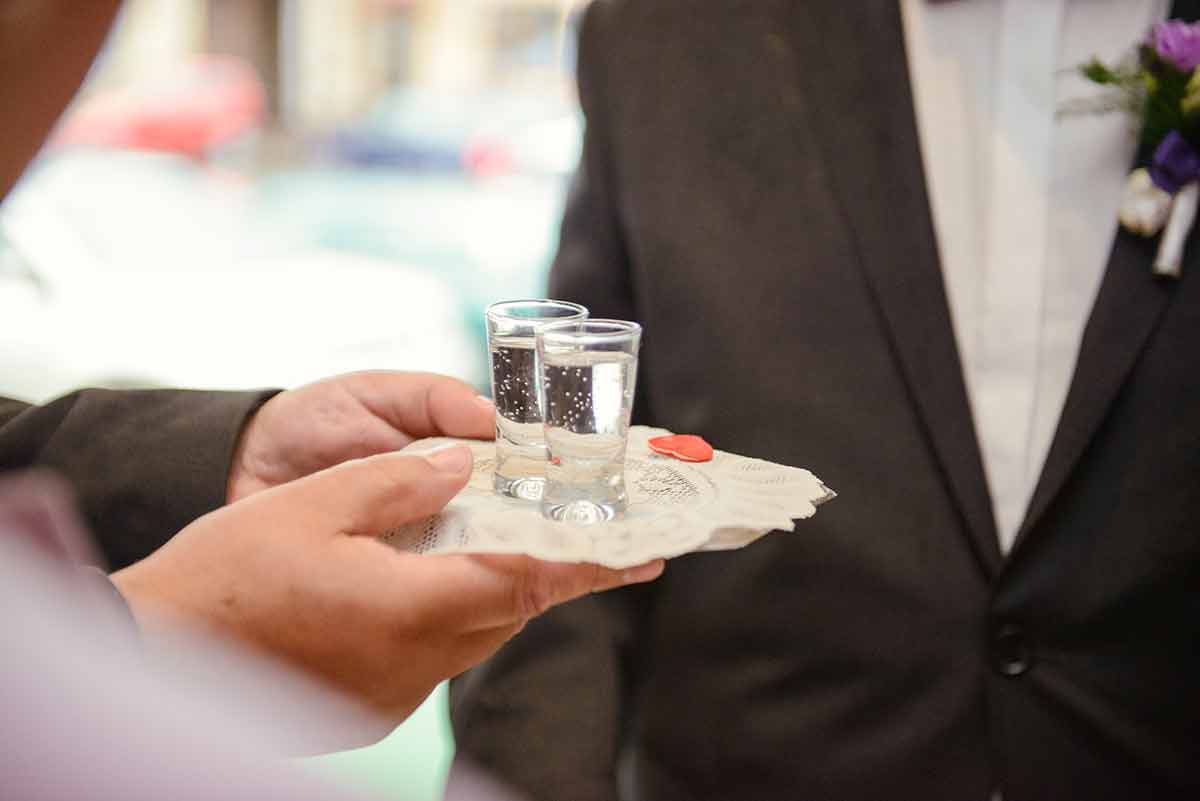
Bimber is a strong, traditionally homemade Polish moonshine that became popular throughout Poland during the 19th century.
This potent liquor has quite the kick, with some brands of Bimber being twice as strong as vodka.
Often consumed at celebrations such as weddings, Bar Mitzvahs and baptisms, Bimber can be made from virtually anything, including potatoes, sugar, candy or grains.
While Bimber contains significantly more alcohol than standard vodka, it’s smoother and milder to drink than regular vodka.
If you’re looking for a genuinely unique Polish drink to try, look no further than Bimber.
3- Starka
Starka is a traditional Polish alcohol made from rye spirit, apple leaves and linden.
It can be traced back to Polish nobility, who consumed the drink as part of family traditions during the 1400s.
High-quality Starka is made by ageing the fermented rye mash in oak barrels anywhere from three to 50 years.
Many Starka brands on the market today contain rye extract and various other ingredients, which help Starka brands stand out from one another.
After WWII, the communist government of the Polish People’s Republic nationalised the Polish alcohol market and Starka was only allowed to be produced by Polmos, the Polish state-owned spirit company.
Since the country regained its independence in 1990, various manufacturers of this popular liquor can be found all throughout Poland.
4- Wódka
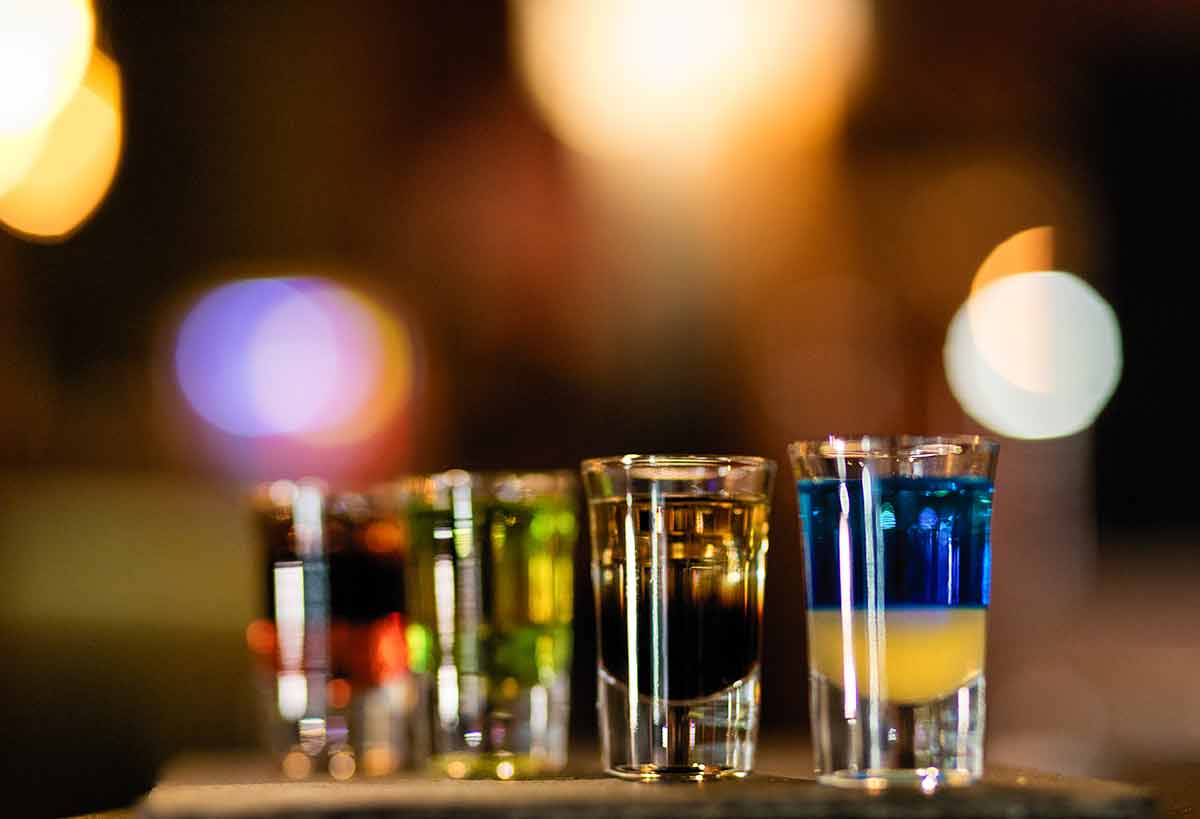
Without a doubt, Poland’s most famous alcoholic drink is vodka or wódka, as it’s known in Poland.
Wodka is rumoured to have originated during the 8th or 9th century in Poland or Russia.
Although it’s unclear which country it came from, it’s common knowledge that Wódka is enjoyed in copious amounts across Poland.
Made from distilled potatoes, grains, molasses or fruit, authentic Polish Wódka has an alcohol content of about 40%.
Despite the drink’s long and fascinating history, it wasn’t until the 16th century that large-scale Wódka production started in Poland, mainly in Kraków, before spreading to the rest of the country and beyond.
5- Krupnik
Krupnik is a classic Polish liqueur made from honey and grain spirit (such as vodka) created by Benedictine monks around the 1500s.
Although many Poles make this popular liqueur at home, Krupnik is also commercially produced and sold in Poland.
No two brands or batches of Krupnik are the same, with each distillery and family putting their spin on this Polish staple.
In 2014, Krupnik Wódka was the world’s eighth most popular vodka brand by sales, a testament to Krupnik’s popularity worldwide.
6- Rosolis
With a history stretching back to the 1300s in Italy, Rosolis vodkas and liqueurs arrived in Poland sometime during the 17th century.
Premium Distillers is an alcoholic manufacturer that owns the Łańcut Distillery in Poland and is the only distillery producing Rosolis.
The name Rosolis comes from the Latin term “ros solis”, which means solar dew in English and early uses of Rosolis liqueur were for medicinal purposes.
Made by hand using wheat from Poland’s Subcarpathia region, Rosolis is a great-tasting vodka full of flavour that you can drink by itself or as an ingredient in other Polish cocktails.
7- Deptucha
Deptucha is an unusual drink from Western Poland’s Siedlisko commune, made from fruit and goat’s milk soaked in strong spirits.
This unique Polish drink is not too dissimilar from goat-milk nalewki, another Polish drink, however nawleki uses cut fruit while Deptucha uses trampled or squashed fruit.
Deptucha is a certified regional product, ensuring that authentic Deptucha is made according to strict rules and regulations.
Matured for about six months, sampling Deptucha is not for the faint-hearted, and the best place is in Siedlisko, where locals still make authentic Deptucha by hand.
8- Nalewka
Nalewka is a strong Polish liqueur with an alcohol content of about 40 to 45% made from herbs, fruits, sugar, spices, honey and other ingredients, depending on the recipe.
Nalewka is a Polish drink to strengthen the immune system and boost energy levels, benefits that have made it a popular drink.
Nalewka is a sweet aged liqueur created through infusion, not the distillation process.
9- Miod Pitny
Miod Pitny or Polish Mead is a blend of alcohol made from fermented lime honey, spices and herbs that are said to have originated in Poland during the Middle Ages.
Drunk as a substitute for wine by Poland’s first ruling dynasty, the Piast dynasty, mead is the predecessor of modern-day beer.
Mead consumption has drastically declined since the drink’s inception, with the drink almost becoming extinct at one point but it has made a comeback and is now available across Poland.
Polish Cocktails
10- Szarlotka
Szarlotka is a Polish cocktail made from the country’s best-selling and internationally acclaimed bison grass vodka, Żubrówka.
The ingredients of this vodka cocktail are apple juice, Żubrówka vodka (it must be Żubrówka) and a sprinkle of cinnamon.
Also the name of a well-known Polish apple pie, the Szarlotka cocktail is an apple pie in a cup and is a great way to savour Poland’s premier vodka brand.
11- Grzaniec
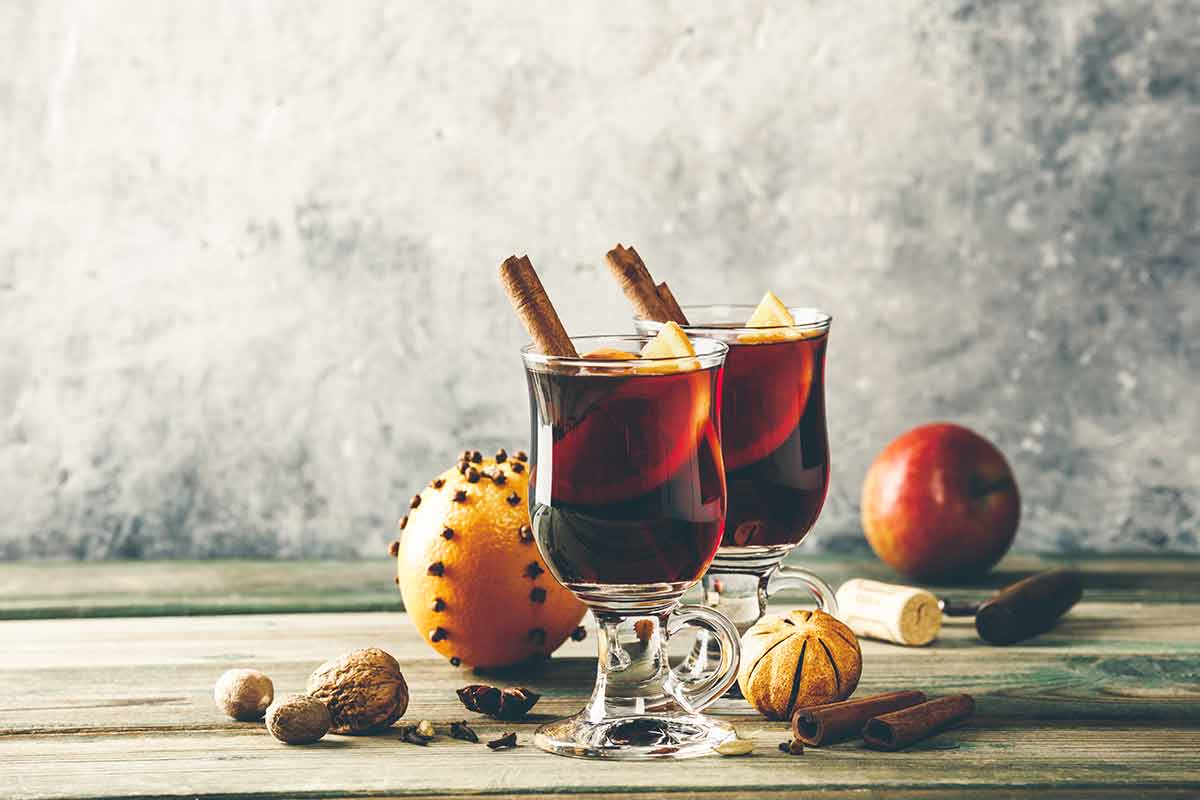
Grzaniec is a mulled wine made from warm red or white wine, spices such as cloves and cinnamon, sliced oranges, sugar or honey.
Best enjoyed in winter to combat the cold weather, Grzaniec was first created more than 500 years ago and remains as popular as ever throughout Poland.
A staple in Polish ski resorts, mountain resorts and mountainside restaurants, Grzaniec is a traditional Polish drink you must try in winter.
While you can find various mulled wine varieties across Europe, Polish Grzaniec is one of the most popular versions of this drink.
12- Polish Martini
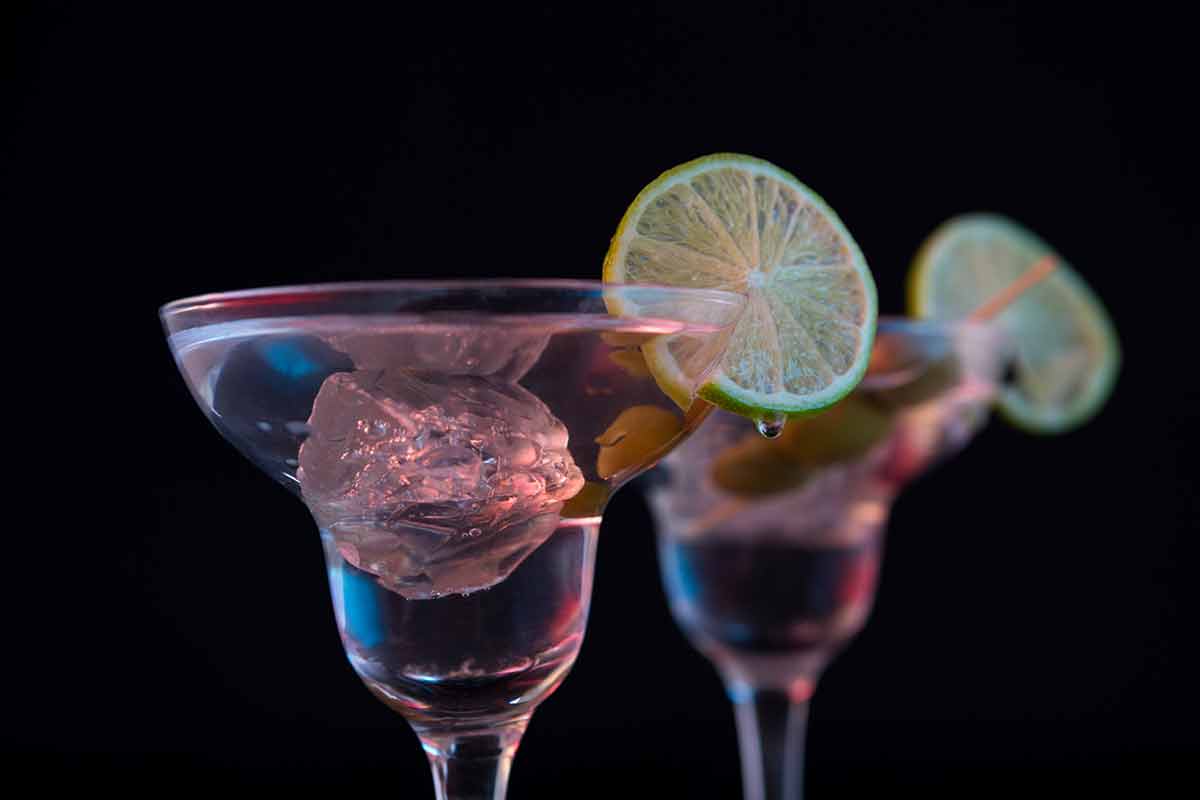
Made with bison grass vodka, apple juice and honey liqueur, a Polish Martini is an exquisite take on the classic martini cocktail.
Originally made by well-known bartender Dick Bradsell for his Polish father-in-law, Victor Sarge, the Polish Martini quickly caught on and is today a staple of many bars worldwide.
Simple to create and easy to drink, a Polish Martini is the ideal cocktail to order when you need an upscale, tuxedo-worthy drink in Poland.
Polish Non-Alcoholic Drinks
13- Kompot
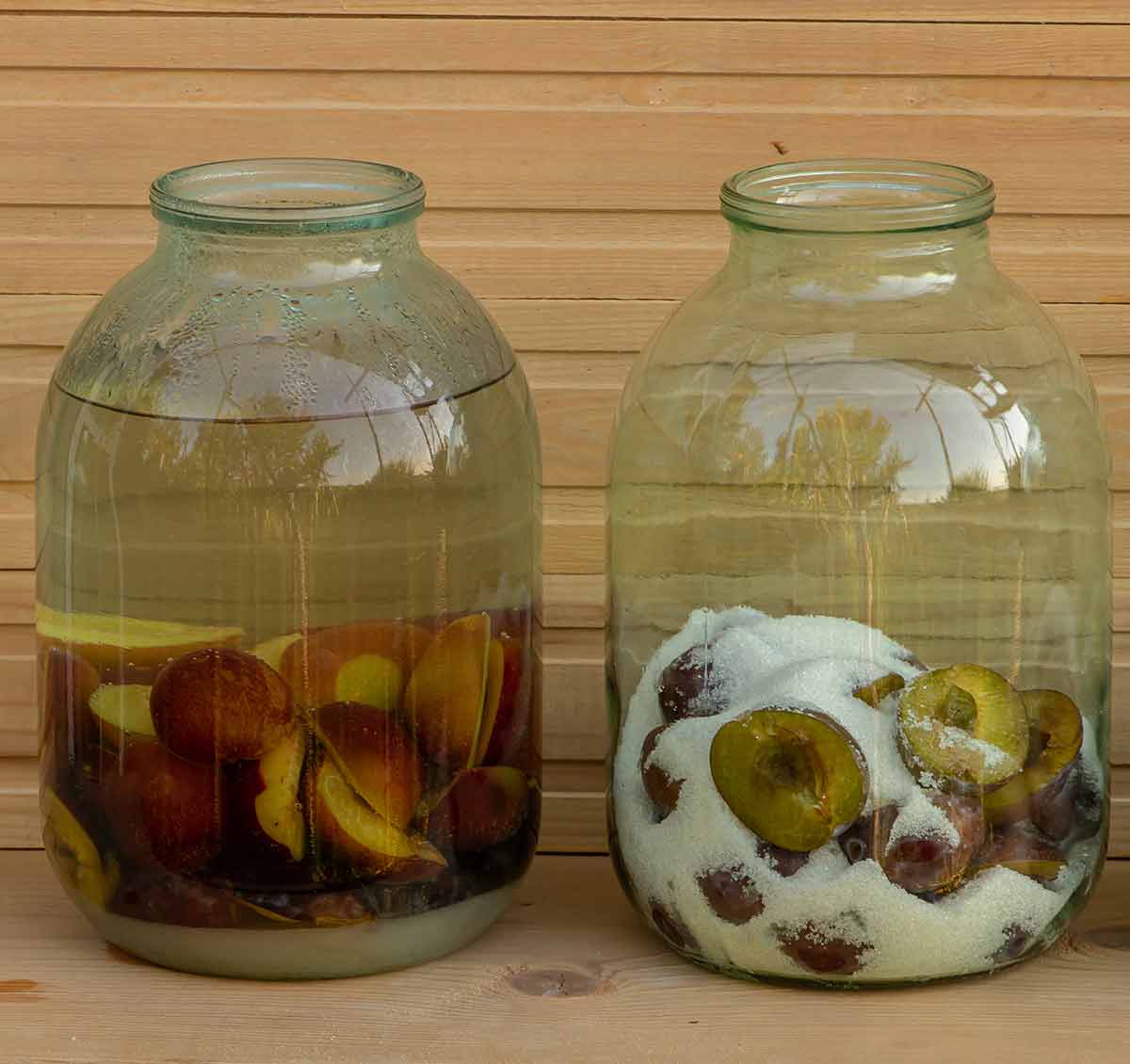
Synonymous with happy childhoods and Christmas, Kompot is a sweet, alcohol-free drink made from fresh fruit and spices.
Every family has their own version, however, most Kompot recipes include sugar, cloves, fresh fruits and water.
This Polish beverage is delicious and easy to make and can be created from scratch at home without going through the trouble of travelling to Poland.
Boil your fruit and spices, then strain them and let the concoction chill in a refrigerator before serving.
Susz is a version of Kompot made from dried fruit instead of fresh ones and is another popular addition to Christmas tables across Poland during the festive season.
14- Oranzada
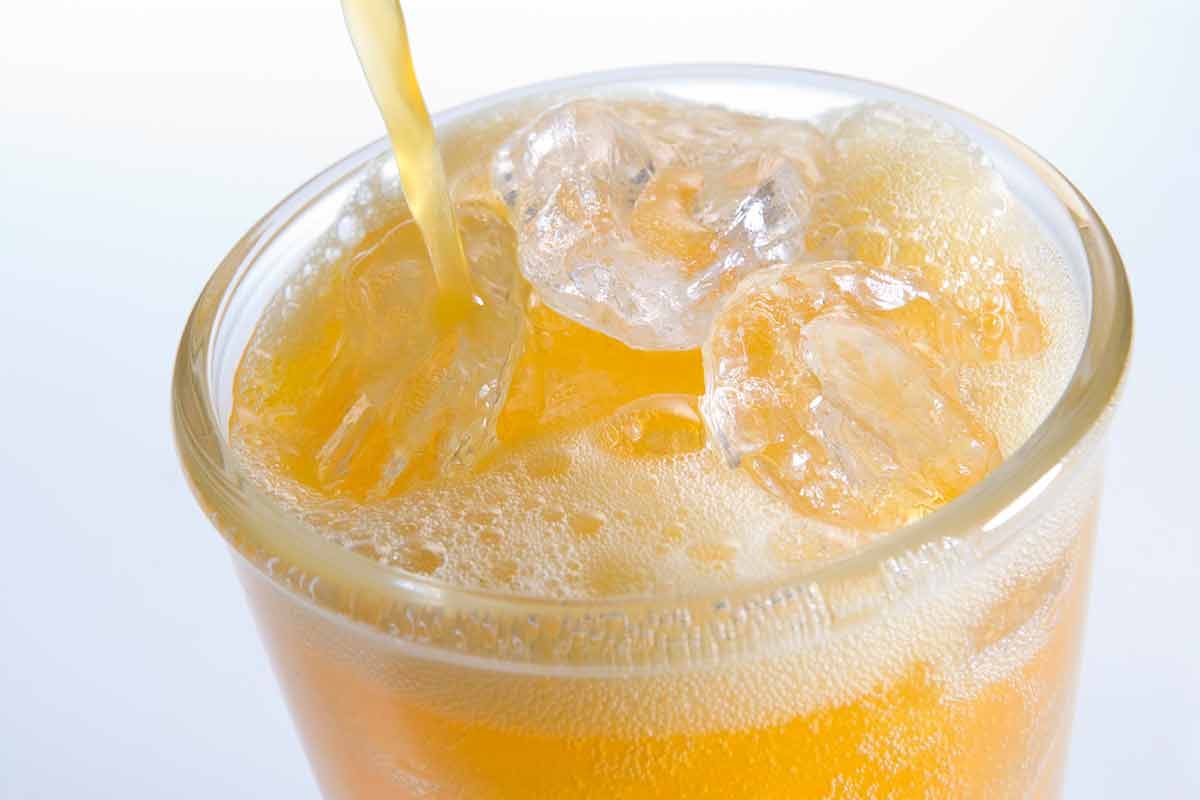
This fizzy and sweet concoction is an alcohol-free Polish soft drink with a distinct orange flavour.
Originally from France, Oranzada became popular in Poland during the 18th century among Polish nobility and aristocracy.
Sold in grocery stores across Poland during the Soviet occupation, Oranzada has since lost some of its popularity with the recent influx of foreign soft drinks such as Coca-Cola and Pepsi.
Despite this, Oranzada remains one of Poland’s favourite soft drink brands and part of modern Polish culture.
15- Inka
You’d be forgiven if you mistakenly thought Inka is a type of Polish coffee, given Inka’s deceptive packaging, however, this grain-based quick-to-make hot beverage is far removed from your regular cup of java.
Consisting of chicory, toasted rye, cereals and sugar beets, Inka is a caffeine-free hot beverage that first appeared in Poland during the late 1960s as an alternative to coffee.
Produced in Poland, Inka is popular among health-conscious Poles who desire the taste of coffee but want to avoid consuming caffeine.
Available in various versions, including Inka Fibre and Inka Pro-Health, trying a cup of Inka might lead to a newfound addiction to this flavoursome Polish staple.
16- Kvas
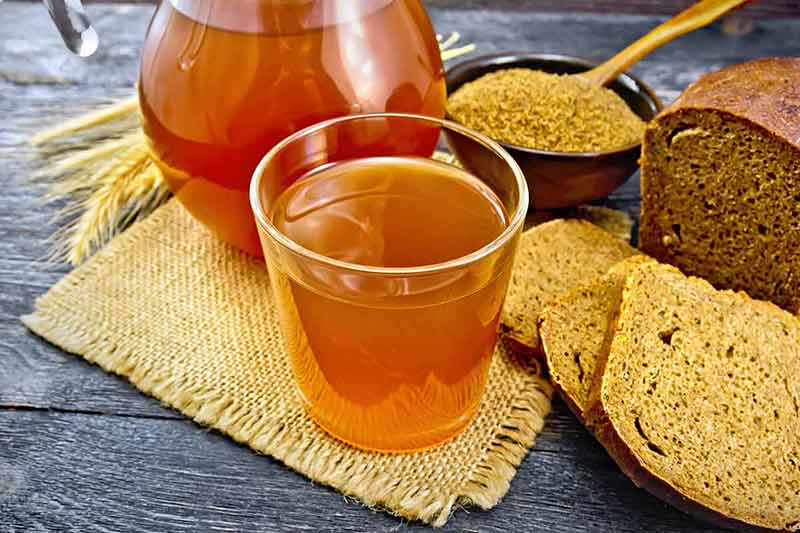
Kvas is a polish staple made from fermented bread, sugar, water and yeast that is believed to have beneficial properties, including improved digestion.
Although the exact origin of Kvas is unknown, with some suggesting it might have originated in Ancient Egypt, Greece or Babylon, Kvas first arrived in Russia more than 1,000 years ago.
Kvas made its way to Poland sometime during the 10th century, where the common folk embraced the drink before the Polish aristocracy accepted it.
Kvas reached the height of its popularity during communist rule, however, the drink gave way to popular soft drinks from abroad after the collapse of the Soviet Union.
Still found across Poland and Eastern Europe today, Kvas is a timeless Polish non-alcoholic drink that is well worth a try.
Polish Beers

17- Grodziskie
With a history stretching back 700 years, Grodziskie beer was mostly brewed in the Grodzisk Wielkopolski region.
This 100% wheat-based beer is light in colour and moderately bitter with a distinctly smoky flavour.
Grodziskie beer flourished during the early 20th century when it was exported to over 37 countries.
The aftermath of WWII and communist rule over Poland decimated the country’s Grodziskie beer production, with the last Grodziskie beer brewery shutting down in 1993.
The beer has started to make a comeback as various breweries in Poland, Europe and the United States now brew seasonal Grodziskie beers to keep the story alive.
18- Piwo Kozicowe
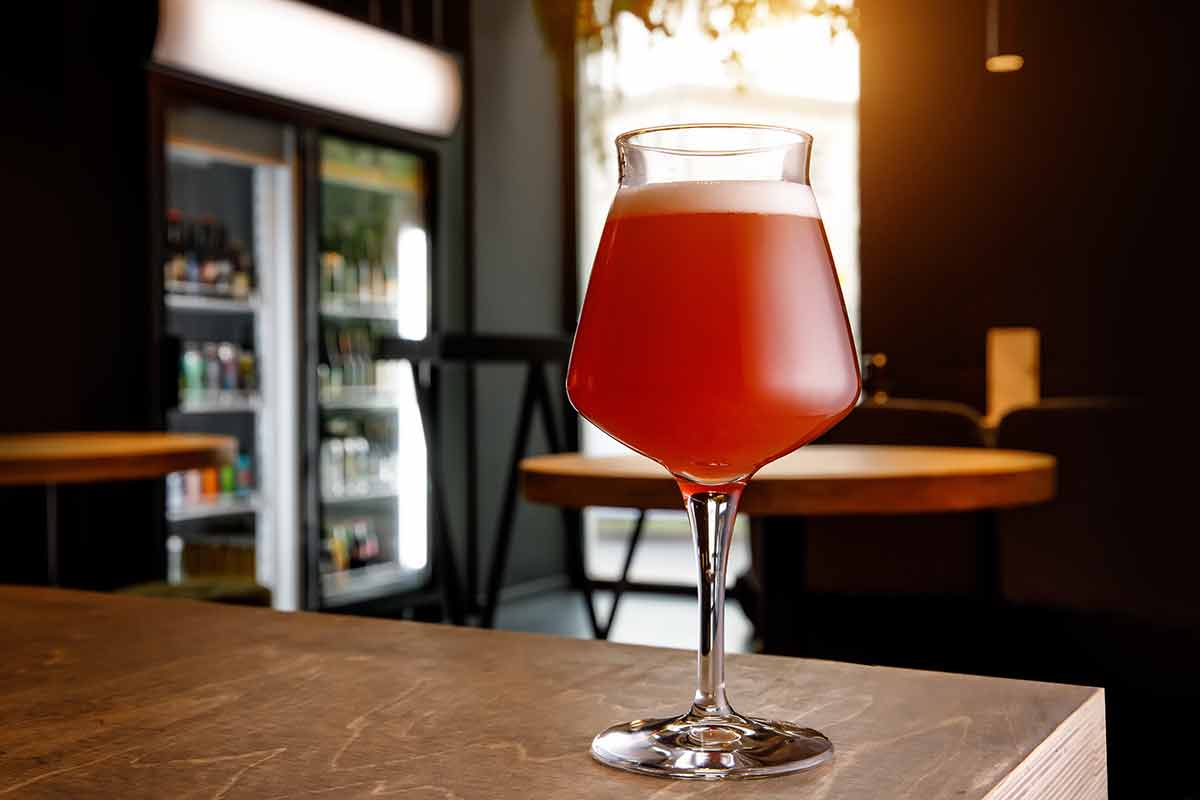
Piwo Kozicowe is a homemade Polish beer primarily produced from juniper berries, common hop cones and honey.
It’s a typical beer style of Poland’s Mazovia region, traditionally served at weddings during the 19th and early 20th centuries.
Piwo Kozicowe almost disappeared after WWII but fortunately, the people of northern Poland preserved the custom of making this drink.
Although not technically a beer since it contains no malt, Piwo Kozicowe was originally brewed with junipers native to the Mazovia region.
Various other ingredients such as honey and sugar have also been incorporated into the brewing process.
19- Bock
Bock beer is a unique beer variant with a distinct ruby colour and caramel taste that originated in neighbouring Germany around the 1400s.
Bock means goat and the beer comes in various styles, such as the traditional Bock, a darker, bottom-fermented beer and Doppelbock, similar in taste to a conventional Bock but contains more alcohol and is slightly lighter in colour.
Bock beer found its way all over the world, including Poland and varieties of Bock beer, mainly Doppelbock, are still produced in Poland on a large scale.
While not the most popular beer in Poland, Polish Bock beer is an excellent choice for beer drinkers to try.
20- Polish Lager
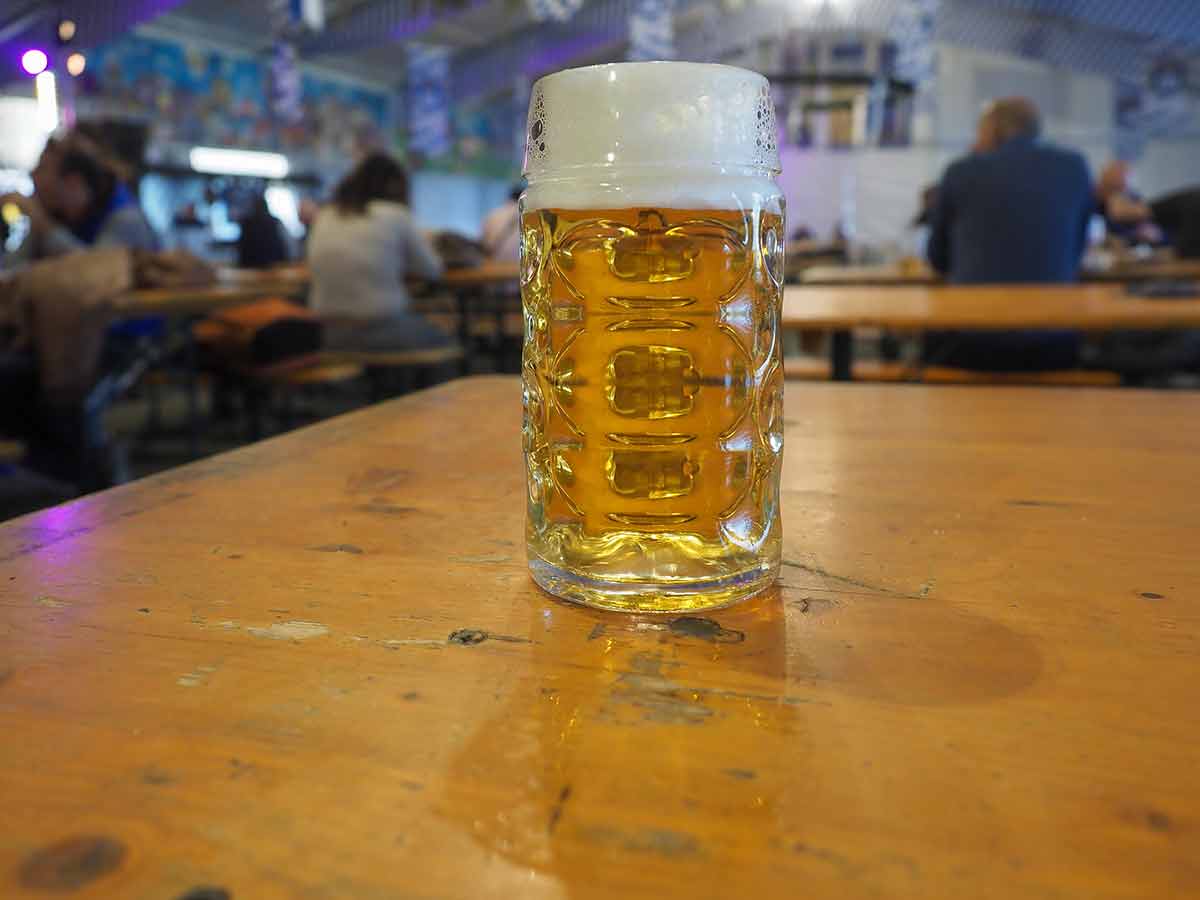
Lager is Poland’s most common beer variety and most Polish breweries produce it.
Originally from Germany, Lager, which means storage in German, is derived from how brewers traditionally produced the beer, stored and enjoyed it.
More well-known German brands might overshadow Polish Lagers, but when it comes to taste, Polish Lagers are underrated and worth trying.
For more drinks around the world read:
- 20 Italian Cocktails and Other Drinks
- 20 Japanese Cocktails and Other Drinks
- 21 Spanish Cocktails and Other Drinks
- 25 American Drinks and Cocktails
- 20 Greek Drinks and Cocktails
- 20 German Drinks and Cocktails
- 20 Turkish Drinks and Cocktails
- 20 Polish Drinks and Cocktails
- 20 Jamaican Drinks and Cocktails
- 20 Mexican Drinks and Cocktails
- 20 Indian Drinks
- 20 Thai Drinks and Cocktails
- 20 French Drinks and Cocktails
Plan Your Trip

Rent A Car – Find the best car rental rates at Discover Cars. They compare car hire companies to provide you with the best deal right now.

Find A Hotel – If you’re curious about this article and are looking for somewhere to stay, take a look at these amazing hotels.

